P&G: “#WeSeeEqual”: Men And Women Both Inspired By Ad’s Powerful Message
One of the most powerful ads launched in conjunction with this year’s International Women’s Day is P&G’s “#WeSeeEqual”.
The video, created by the agency behind the highly successful “#WomenNotObjects” campaign, tries to shatter traditional gender stereotypes using footage taken from user-generated videos partially sourced by Storyful.
The 1:40 ad also uses clips from the world’s biggest advertiser’s previous campaigns championing gender equality, including the iconic “#LikeAGirl” effort for Always and Secret’s “Raise” spot, which pushes for equal pay, to get its message across.
But is the ad resonating online? Is the message hitting home with viewers? And with so many ads also celebrating International Women’s Day, does it stand out from the crowd?
Well, we used Unruly EQ, a content testing tool which helps brands maximise the emotional and business impact of their ads, to see how well it is going down with viewers in Australia.
Here are the findings:
Emotional impact
As anyone who’s seen a tear-jerking video get bounced back and forth between their friends knows, emotions matter in advertising. It’s something P&G knows all too well, with “#WeSeeEqual” packing enough emotional punch to flatten an elephant.
Take a look at the ad’s emotional footprint when compared to the average ad in the sector and you’ll see what we mean.
Intense emotions – overall
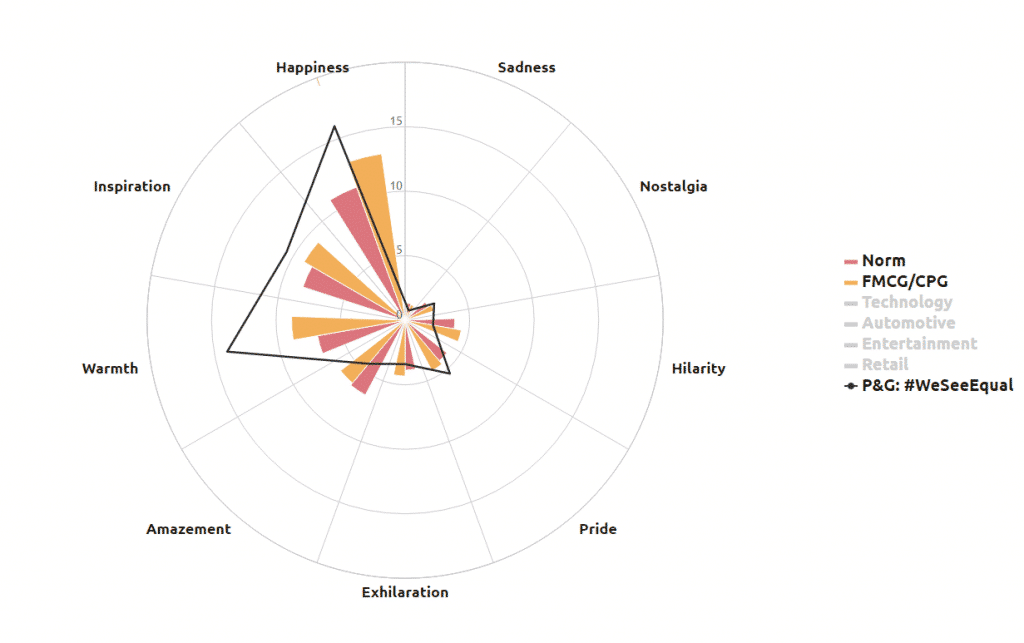
Fuelled by the use of UGC and previous clips from P&G campaigns championing gender diversity, which helped to make the content more authentic and relatable, the ad stirred up much more intense emotions than the average Aussie ad or campaign in its sector.
In particular, viewers were much more likely to feel intense feelings of happiness, warmth, inspiration and pride than the average while watching.
However, what’s really interesting is when you look at which gender was more inspired by the content.
As you can see from the charts below, women viewers in Australia had a very emotional response to the ad. They were more than twice as likely to feel intense feelings of happiness, warmth and pride than the average ad Down Under.
However, men also had a strong emotional response to the content, but were 33% more likely to be inspired by the ad’s message of equality than women. In fact, the ad was twice as likely to inspire men than the average Aussie ad. This is possibly due to many of the clips showing dads sharing their paternal responsibilities.
Emotions – Women
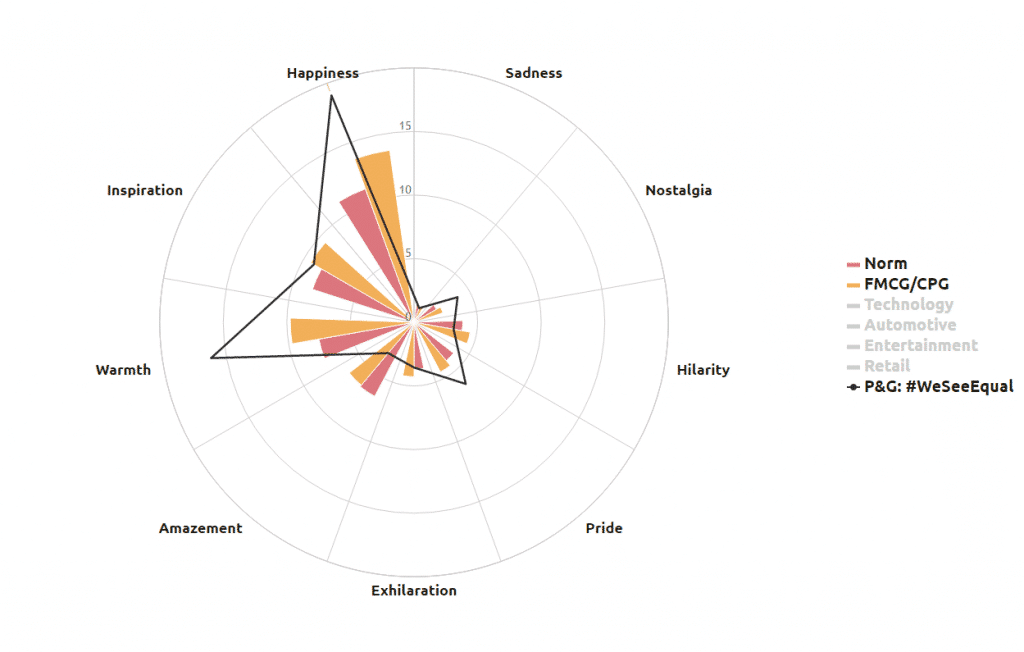
Emotions – Men
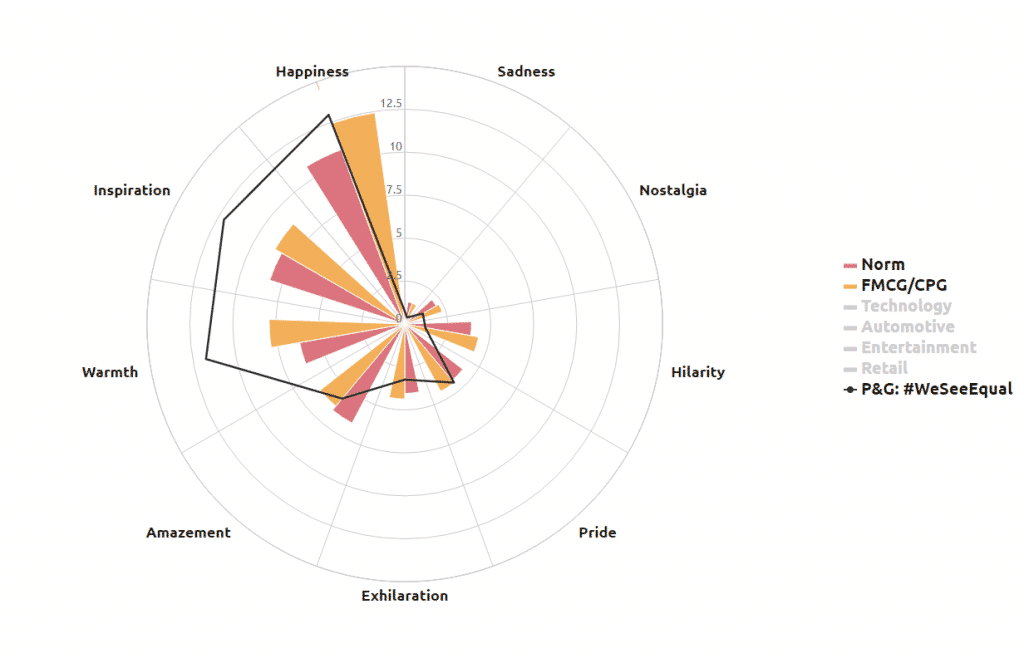
Social motivations
One of the biggest changes we have seen in Adland over the last few years has been the increasing desire for brands to show a social conscience.
Gone are the days when a catchy jingle, a memorable slogan or a funny one-liner will suffice.
These days consumers expect more from advertisers. They want brands that share their world views and are willing to speak up on issues they care passionately about.
P&G has been a powerful advocate for gender equality for many years through its ad campaigns – and it shows in the number of people who say they will share the ad for social good.
Viewers were 30% more likely to share the ad for social good reasons than the average Aussie ad. Men, in particular, were moved to share the content because they felt it was a good cause, with 16% of male viewers citing social good as the reason they would share the content online – twice that of the Australian average.
Social motivations to share the ad online – Men
Interestingly, for women (below), social good was not in the top five reasons to share the ad socially, suggesting that women and men view gender equality differently. Conversation starting was also absent from the top five.
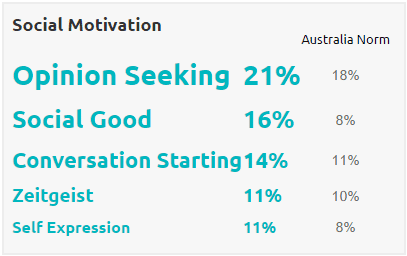
Social motivations to share the ad online – Women
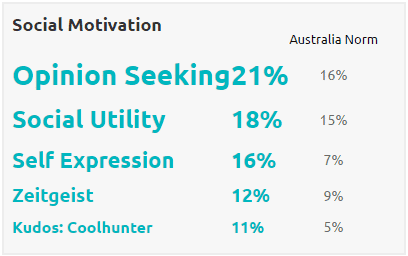
Brand metrics
Such a strong emotional response to the video combined with strong motivations to share the content means the ad is also likely to boost P&G’s bottom line.
If you look at the chart below you can see that 27% of people said they were likely to buy P&G products after watching the ad – 8% higher than the average purchase intent that ads generate Down Under.
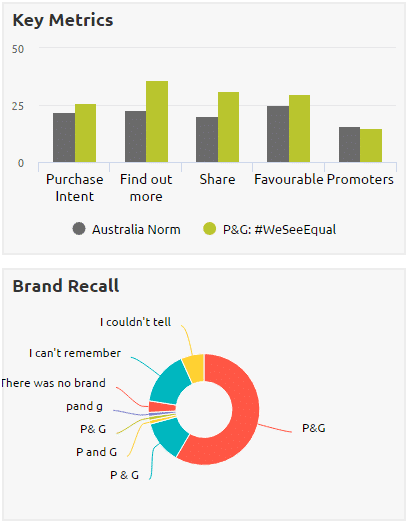
This is pretty strong, especially when you consider the ad is promoting the umbrella brand rather than a specific product. As one viewer commented, “It’s a great ad – even if I don’t know what p&g is selling”.
Meanwhile, almost a third (30%) said they had a more favourable view of the brand after watching, which is also not surprising when you look at some of the other comments left.
For example, one viewer remarked, “Spreading the message about equal pay is incredibly important and what better way to change people’s minds than with a fun loving ad”, while another said, “It’s terrific and deserves to be promoted because of the ideas it embraces”.
Meanwhile, viewers were also 40% more likely to want to find out more, and 41% more likely to share it online than the average Aussie ad.
As for brand recall, thanks to reasonably strong branding throughout the video, 74% of viewers correctly identified the brand behind the campaign, which is above average for Australia.
